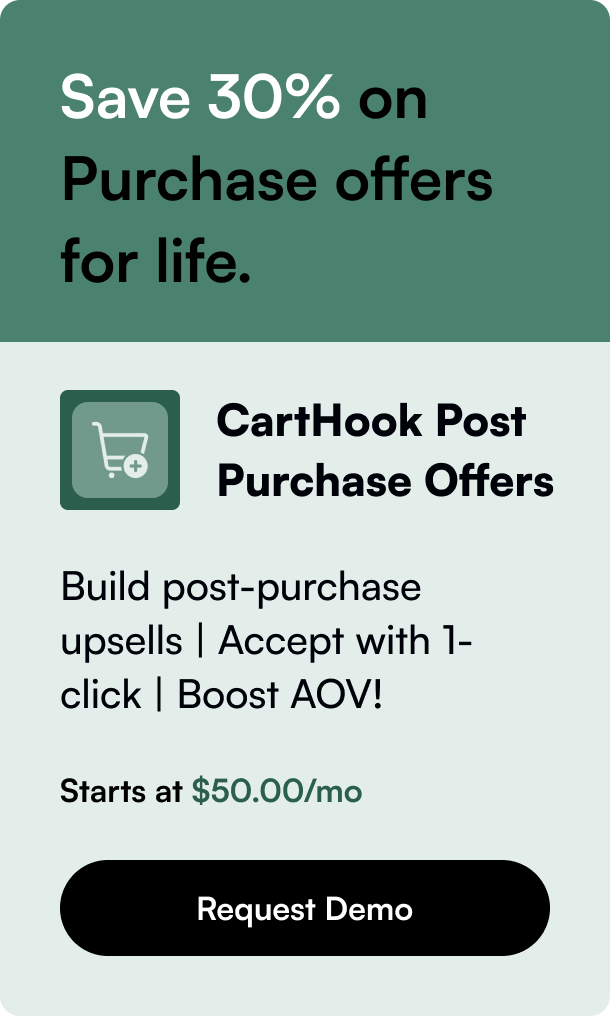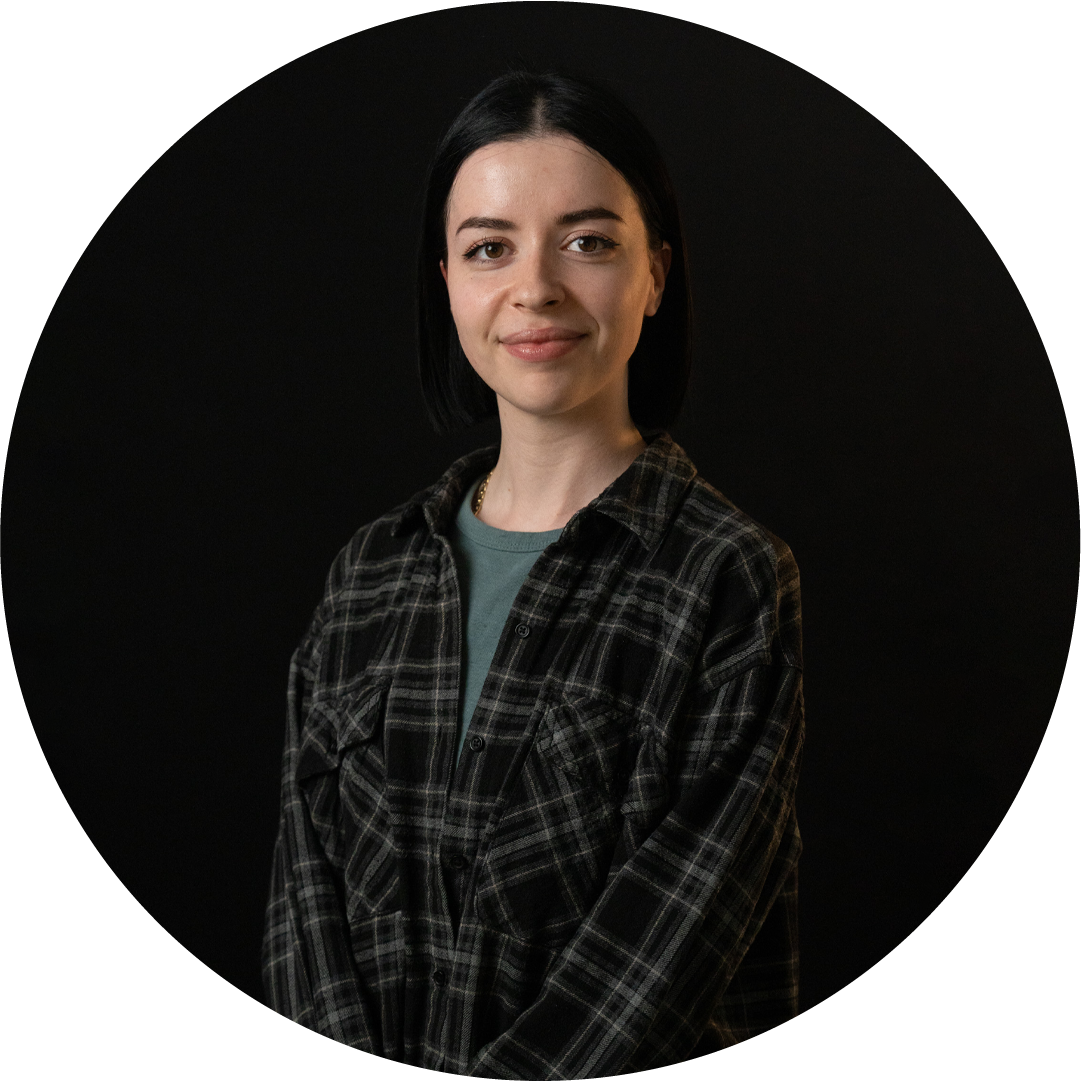Table of Contents
- Introduction
- The Dynamics of YouTube's Upfront Advertising
- Insights for Advertisers
- Implications for Creators
- Conclusion
- Frequently Asked Questions (FAQ)
Introduction
In the sphere of digital advertising, YouTube has carved out a unique and imposing niche. It is the most-watched streaming service on TV screens for 15 consecutive months, posing an unmissable opportunity for brands. However, its extensive programming range—from NFL Sunday Ticket to niche videos for cats—coupled with a vast reservoir of ad inventory, presents unique challenges for advertisers. Unlike traditional TV networks where the constraint of scarcity fosters advanced bookings, YouTube's abundant content leaves advertisers pondering if upfront commitments are essential.
This blog post delves into YouTube's strategic adjustments for the 2024 upfront pitch. We'll explore how the platform is refining its advertising programs to create a sense of scarcity, leveraging AI, and updating its user engagement features, ultimately aiming to solidify its place in both the digital and TV advertising ecosystems. Additionally, we’ll cover the implications for advertisers and creators, providing a comprehensive overview of this nuanced terrain.
The Dynamics of YouTube's Upfront Advertising
YouTube Select: Raising the Bar
One of YouTube's marquee offerings is the YouTube Select program—which aggregates the top-performing channels on the platform. Historically, YouTube Select comprised the top 5% of channels. For 2024, YouTube has upped the ante, narrowing it down to the top 1% of channels. The objective is to align more closely with the television content quality metrics that advertisers are accustomed to.
The channels within YouTube Select are determined based on a range of factors including viewership, watch time, likes, shares, brand suitability, and production quality. The ultimate goal is to showcase content equivalent to television programming, embellished with professional cinematography and editing.
Creators like Michelle Khare exemplify this high production quality with her videos enjoying TV-length durations and professional post-production processes, including color correction and sound design. These efforts bolster YouTube's visibility on TV screens, making it more appealing for traditional TV advertisers.
YouTube Select Creator Takeovers
YouTube further enhances its Select program with the introduction of ‘Creator Takeovers,’ a feature that lets brands dominate a channel's ad inventory for a brief period. At a predetermined CPM cost, advertisers can secure a 100% share of voice on a given channel’s videos for up to two weeks. While this exclusive exposure can be a significant draw, it does raise concerns about potential overexposure. YouTube aims to address these by requiring varied creative assets to prevent audience fatigue.
Creators need to opt into this program, ensuring a willing partnership. However, control over which brands can take over their channel remains limited, potentially dissuading creators who are particular about brand alignment.
The Role of AI in Ad Optimization
As part of its effort to appeal to the performance-driven mindset of advertisers, YouTube is integrating AI technology to optimize non-skippable ads, aiming to achieve an ideal balance between viewer reach and ad completion rates. By employing AI, YouTube’s video reach campaigns can dynamically blend six-second and 15-second ads to maximize viewer engagement and minimize CPM costs.
This technology caters to advertisers looking for a cost-per-completed-view model rather than the traditional CPM, thereby ensuring a more measurable return on investment (ROI).
Embracing QR Codes
Another feature designed to boost ad performance is the incorporation of branded QR codes within ad creative. These codes, which display the brand logos, can turn passive viewers into active participants, enhancing direct response rates. This can be particularly useful for campaigns run on connected TV (CTV) where interaction is key to measuring effectiveness.
Insights for Advertisers
Efficiency and Scarcity
In the evolving advertising landscape, efficiency and scarcity remain paramount. YouTube’s move to refine YouTube Select seeks to strike a balance between these elements. By curating a smaller selection of premium content, YouTube is generating a perception of scarcity, encouraging advertisers to make upfront commitments.
Flexible Ad Models
One notable aspect of YouTube’s pitch is the flexibility in its ad models. Unlike traditional upfront commitments where sums are locked in advance, YouTube uses an endeavor deal model. Advertisers set spending goals and are rewarded upon reaching them with ad credits. This format offers the dual benefit of commitment without the pressure of upfront financial locks, making the deals attractive to budget-conscious advertisers.
Competitive CPM Rates
YouTube Select’s CPM rates remain competitive when compared to high-end streaming service CPMs. With rating figures often in the high $10s to low $20s range, YouTube provides an attractive proposition for brands looking to optimize their digital and TV advertising spends.
Implications for Creators
High Production Value
As YouTube sets higher thresholds for its premium packages, creators are incentivized to raise their production quality. Channels included in YouTube Select like Michelle Khare’s are not only enjoying greater visibility but also commanding higher production budgets, engaging teams of professionals for various facets like videography and sound design.
Balancing Ad Opportunities
For creators, programs like Creator Takeovers offer unique revenue opportunities but at the expense of potential creative control. For instance, creators focused on specific thematic content may have concerns about certain brands’ takeover, fearing misalignment or audience backlash. Creators like Sydney Morgan see the potential for longer, more organic associations with brands as beneficial but prefer some level of control over which brands get to advertise.
Opt-in Flexibility
The opt-in nature of such advertising programs provides a level of autonomy to creators, enabling them to choose engagements that align with their values and audience expectations. Yet, YouTube’s assurance of a screening process remains a critical factor in maintaining creator trust.
Conclusion
YouTube’s 2024 upfront pitch blends strategic innovations and premium offerings designed to attract advertisers by creating a perceived scarcity and refining ad optimization. By narrowing down its YouTube Select criteria, implementing AI-driven ad optimization tools, and leveraging branded QR codes, YouTube aims to bridge the gap between digital and traditional TV advertising.
For advertisers, these changes signify a more performance-oriented approach, potentially enhancing ROI while navigating the plethora of content YouTube offers. For creators, the focus on production quality and the flexibility to opt into premium ad programs present both opportunities and challenges.
As YouTube continues to dominate TV screen viewership, its evolving upfront strategies reflect a blend of traditional advertising principles adapted to digital metrics, aiming to cement its status as a hybrid platform for future advertisements.
Frequently Asked Questions (FAQ)
Q1: What is the YouTube Select program? YouTube Select is a premium advertising program that curates the top 1% of channels on YouTube based on various metrics like viewership, watch time, and production quality to offer advertisers high-quality ad slots.
Q2: How do Creator Takeovers work? Creator Takeovers allow brands to take over ad inventory on a selected channel for a fixed period, typically two weeks, ensuring 100% share of voice. However, creators must opt-in for their channel to be eligible.
Q3: What are the benefits of the AI-powered non-skippable ads? The AI-powered tool helps optimize the mix of six-second and 15-second non-skippable ads to maximize viewer reach and minimize CPM costs, ensuring a more efficient ad spend for advertisers.
Q4: How do branded QR codes work in YouTube ads? Branded QR codes, which incorporate a brand’s logo, can be embedded in ads to drive direct responses from viewers, enhancing engagement and measuring the ad's effectiveness.
Q5: Are YouTube’s CPM rates competitive compared to traditional TV? Yes, YouTube Select’s CPM rates, typically in the high $10s to low $20s range, are competitive when compared to traditional TV and other premium streaming services, making it an attractive option for advertisers.







